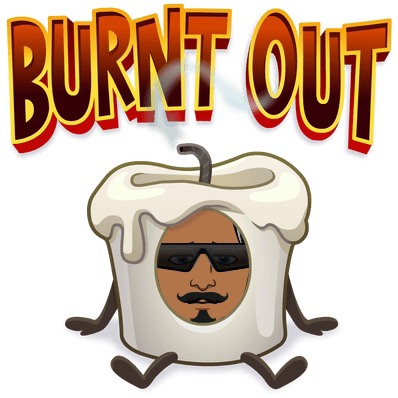surgery: burn injuries

Burns are categorized based on their severity and the depth of tissue damage they cause. The classification system commonly used to describe burns is the "degree" system, which includes three main degrees and a special classification for certain severe burns: 1. **First-Degree Burns (Superficial Burns):** These burns affect only the outer layer of the skin (epidermis). They are characterized by redness, pain, and minor swelling. Sunburns are a common example of first-degree burns. Healing usually occurs within a few days without scarring. 2. **Second-Degree Burns (Partial-Thickness Burns):** Second-degree burns are further divided into two types: a) **Superficial Second-Degree Burns:** These burns extend into the deeper layers of the epidermis. They cause blistering, intense pain, redness, and swelling. Healing typically takes around two to three weeks, and scarring might occur. b) **Deep Second-Degree Burns:** These burns penetrate deeper into the ...
